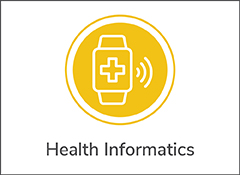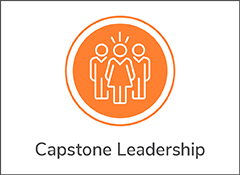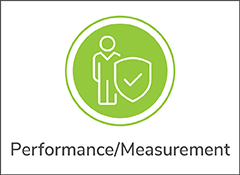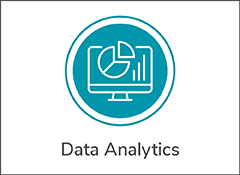- Teacher: Christopher Almario
- Teacher: Jan Ballesteros
- Teacher: Cody Ramin

This course will provide learners the opportunity to examine overarching principles and considerations on how the US health care system and other systems impact health, either enhancing or undermining it. A careful analysis of the role of structural racism and discrimination will lay the foundation for the course. In addition, in-depth discussions on how to capture and interpret racial/ethnic/sexual and gender minority data will be included. Further, strategies for engaging community stakeholders in health equity research will be discussed, including a review of evidence-based interventions that aim to help address, understand, and possibly reduce health inequities. Lastly, the roles and responsibilities of all health care providers and researchers in closing the equity gap will be widely discussed throughout the course. By the end of the course, learners should have a broad understanding of how social determinants impact health equity, as well as potential mitigation strategies to reduce inequities.
- Teacher: Laurel Finster

The goal of the leadership series is to develop students’ personal leadership skills. The leadership course consists of a series of highly engaging, interactive sessions that promote discussion and learner engagement. The sessions will be a mix of workshops, guest lectures, student presentations, and group discussions.
- Teacher: Christopher Almario
- Teacher: Alen Voskanian

This course is focused on the application of epidemiologic methods and findings to program evaluation. Class topics include using epidemiological methods to evaluate the impact of programs and policies for medical care, among others. Clinical examples and real-world evaluations are used as teaching tools to emphasize the complexity and challenges for developing, implementing, and evaluating healthcare programs and policies. The major objective of this course is to provide a framework for integrating causal inference and decision making, thereby spanning the gap between scientific methods and clinical practice. Emphasis is given to conceptual and methodologic issues that confront researchers, health planners, policy analysts, and decision makers. Group workshops using a “journal club” format allow students to practice skills learned in the classroom and gain deeper insight into the pros and cons of varying study designs, methods, and epidemiologic tools used in program evaluation. Students will work in groups of three for the journal club presentation, and will provide feedback to each other in the development of their evaluation proposal. Group assignments can be found at the end of the syllabus.
- Teacher: Allistair Clark
- Teacher: Gillian Gresham
- Teacher: Cody Ramin

American healthcare delivery is in the midst of a transformation. Buoyed by an explosion of information and computing technologies, healthcare delivery is rapidly evolving from an imprecise, population-based approach into a targeted system that responds to the unique biological, psychological, and social profile of individual patients. Technological advances now permit inexpensive and seamless data collection and processing, allowing previously unimaginable delivery of meaningful data from patients to healthcare providers, administrators, and analysts.
Healthcare analysts must become facile with managing the volume, velocity, and variety of “big data” sources now available to inform healthcare delivery. In this course, we will begin by introducing the evolving concepts of big data and study how networks of data inform healthcare analytics in ways never previously possible. We will review health analytic techniques, including data acquisition and management from data warehouses, data manipulation in Excel, and techniques to visualize data to tell a narrative and generate insights. We will study examples of data convergence, consider vignettes where healthcare analytics made a difference, recognize the important limitations of health analytics, and think creatively about how to parlay analytic techniques to transcend how things are “usually done,” and instead build a future for how healthcare should be optimally analyzed and delivered. These topics will be supported by readings from the assigned textbook, along with related articles and chapters posted on the class website.
The overarching goal of this class is for participants to gain familiarity with modern health analytic techniques. For some of these techniques the objective will be to develop mere familiarity and knowledge about how the technique is used, what questions it can answer, and who to talk to if you ever want to employ the technique – i.e. ATLAS.ti coding of text data and conjoint analysis. For other techniques, the objective will be to acquire hands-on skills – i.e. data importing, analysis, visualization, and reporting using Microsoft Excel. In all cases, we will think critically about how to use these techniques to build a more efficient, more effective, and less expensive healthcare system.
To achieve these goals, the class is designed to showcase examples from health analytic practitioners in the field. We will learn from physicians, data analysts, hospital administrators, and executive leaders. We will evaluate how multi-disciplinary approaches to health analytics provide new opportunities for designing healthcare systems for the future, starting today.
- Teacher: Christopher Almario
- Teacher: Brennan Spiegel

- Teacher: Jan Ballesteros
- Teacher: Marie Lauzon
- Teacher: James Mirocha